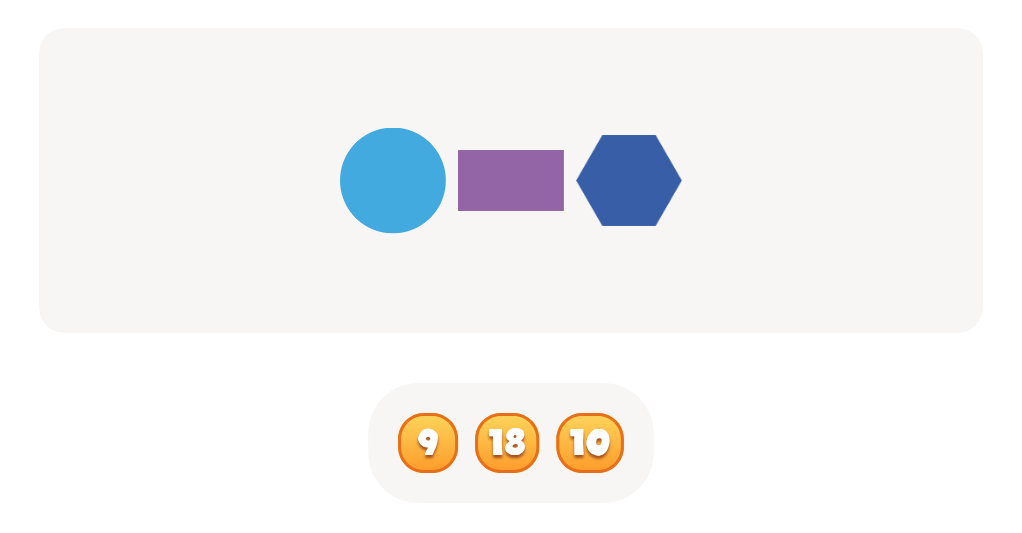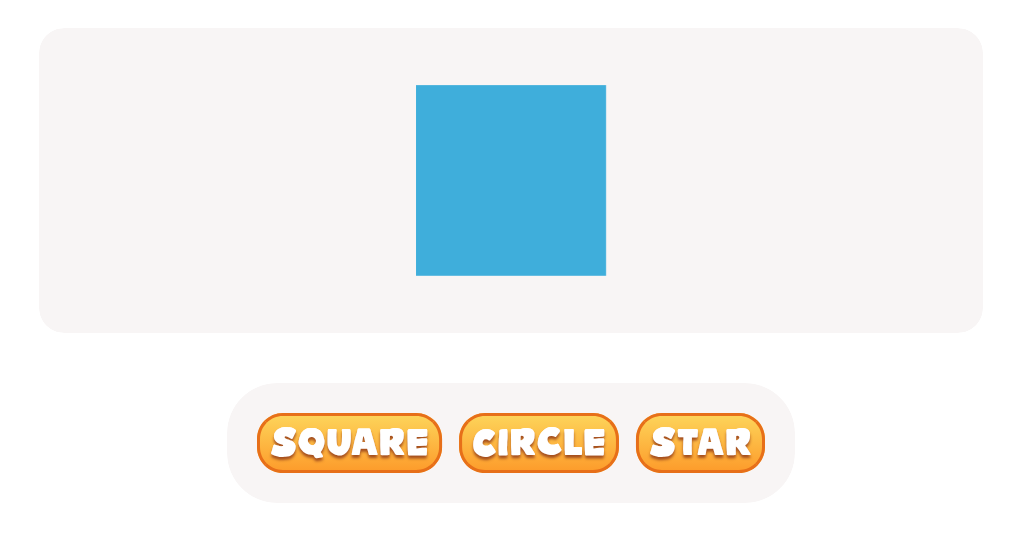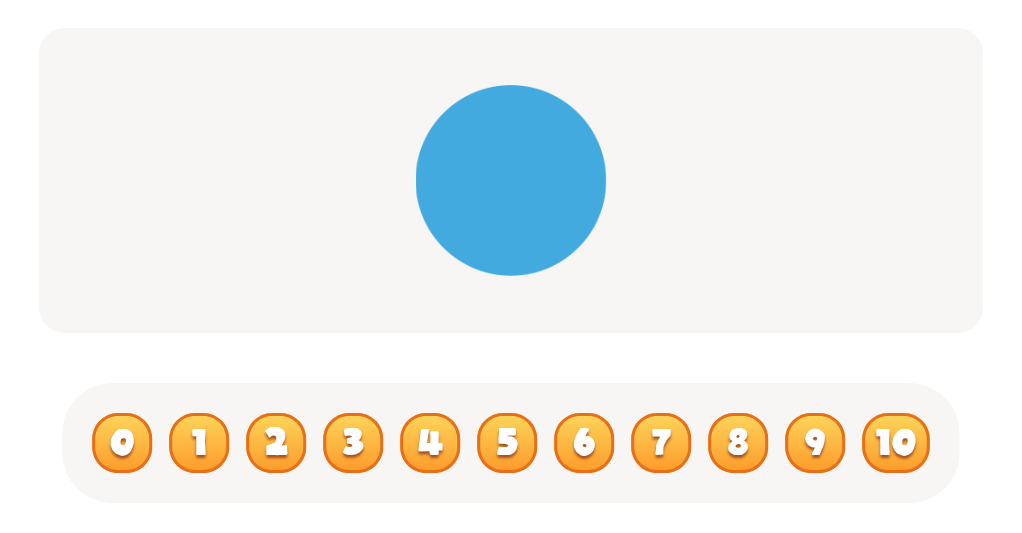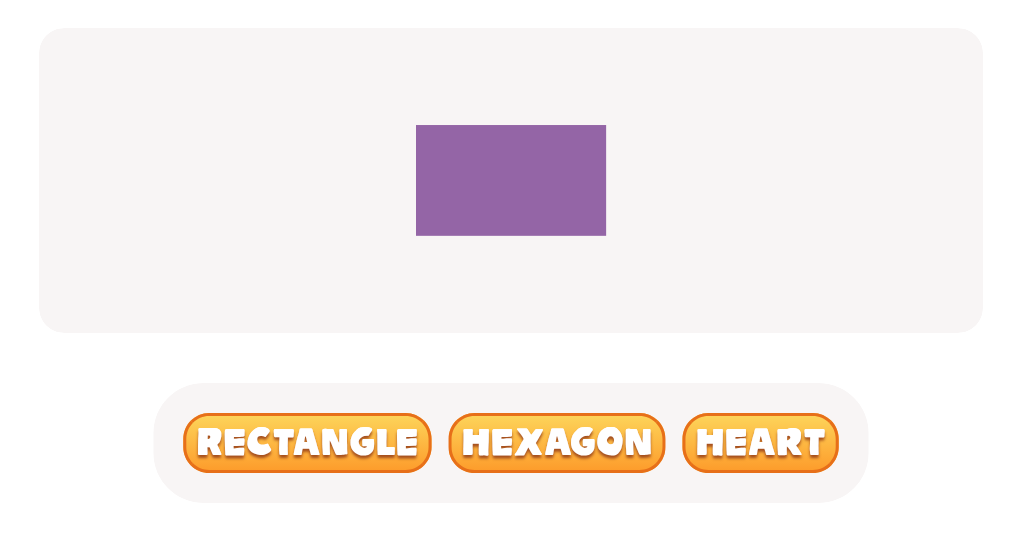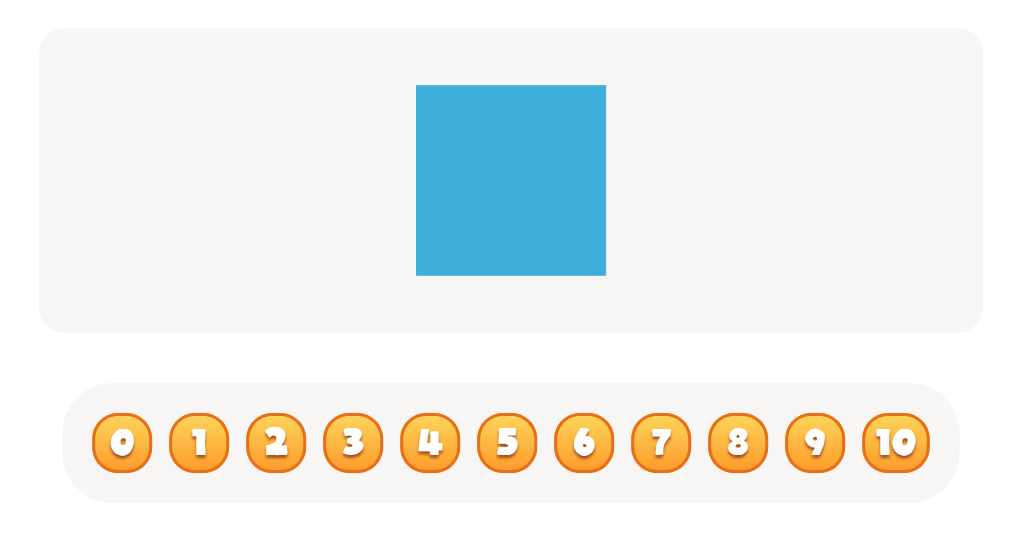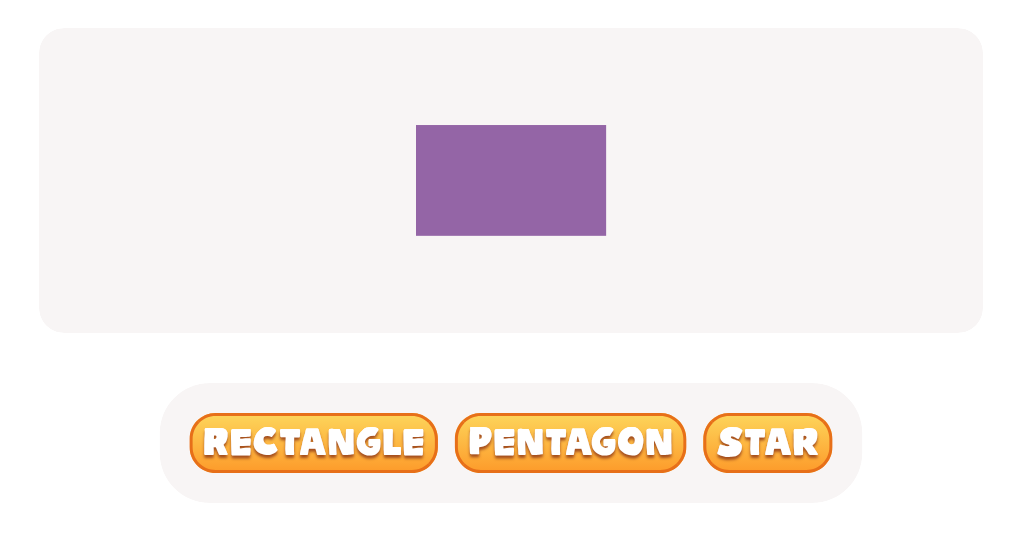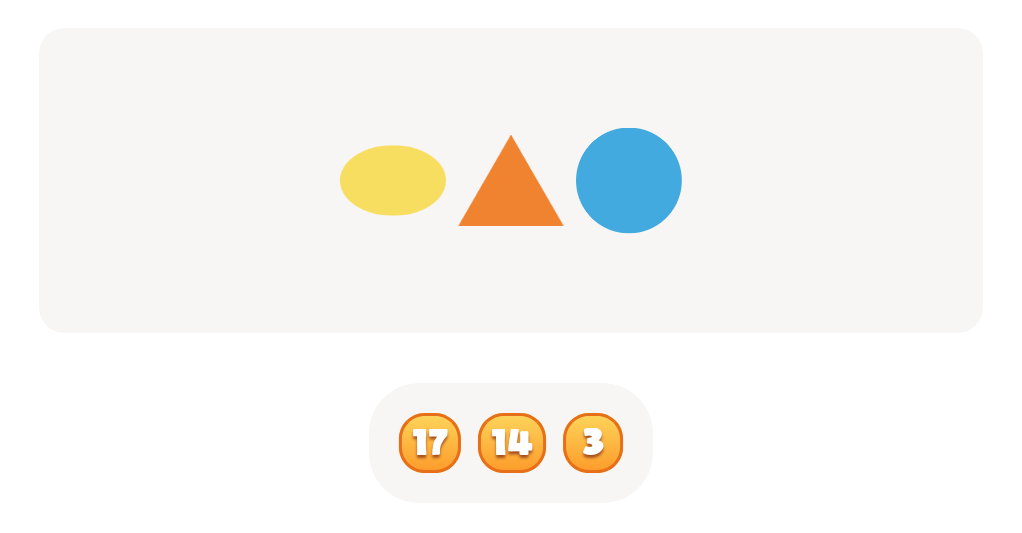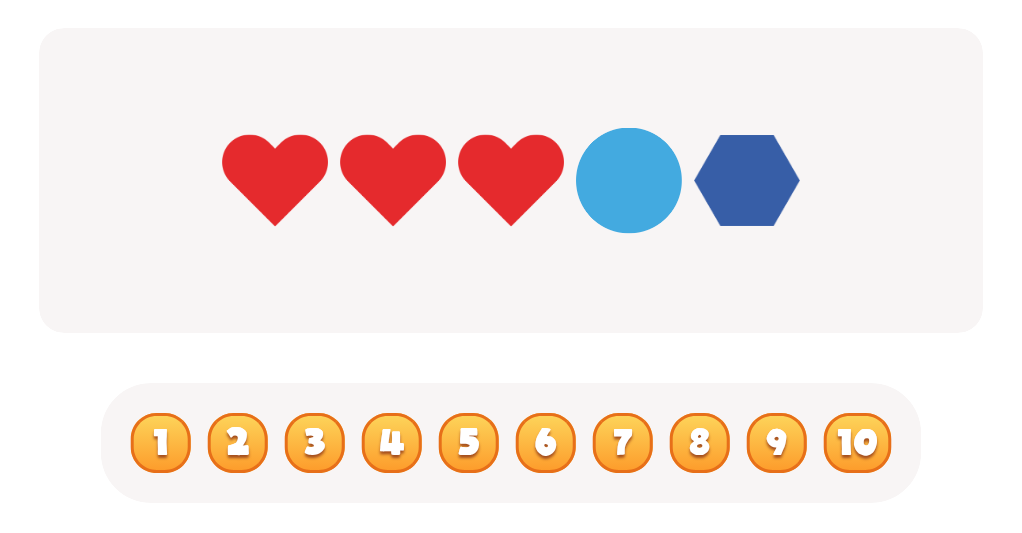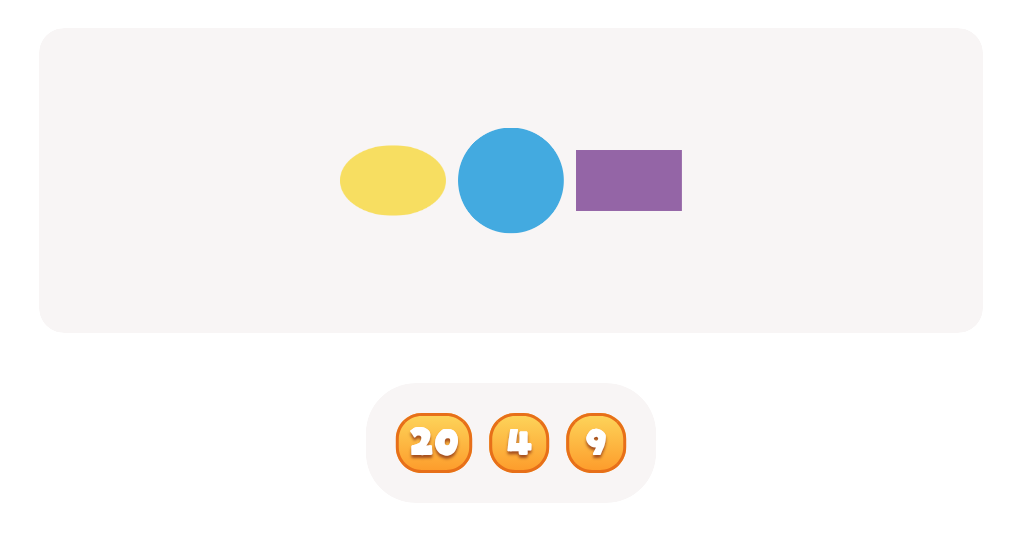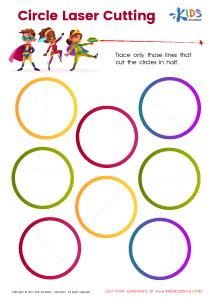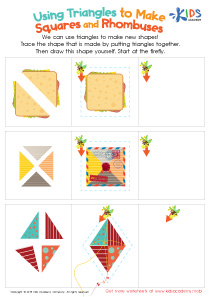Fine Motor Skills Normal 2D Shapes Worksheets for Ages 4-6
5 filtered results
-
From - To
Introduce your young learners to the world of geometry with our "Fine Motor Skills Normal 2D Shapes Worksheets for Ages 4-6." Designed to enhance fine motor skills, these creative and engaging worksheets help children recognize and draw various 2D shapes. Perfectly tailored for ages 4-6, the activities include tracing, coloring, and cutting exercises. By combining mathematics with fun, these worksheets support the development of precise hand movements, shape recognition, and essential early learning skills. Empower your child’s educational journey and refine their fine motor abilities with our expertly crafted resources, available only at Kids Academy.


Preschool Geometry Match Up Worksheet


Learning to Draw Crescents And Triangles Worksheet
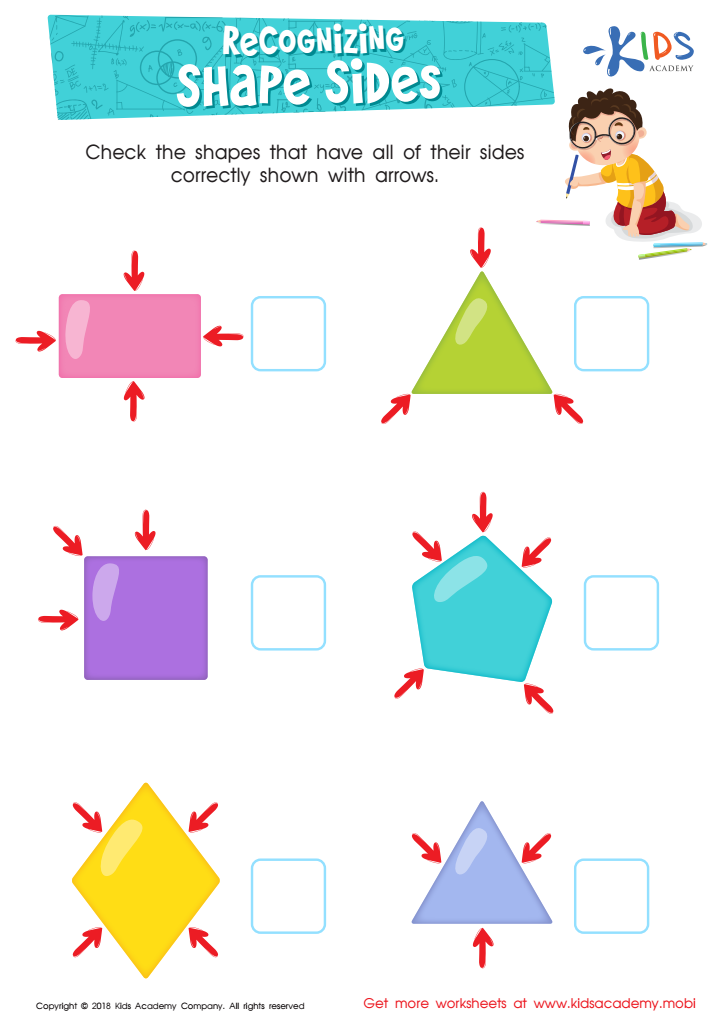

Recognizing Shape Sides Worksheet
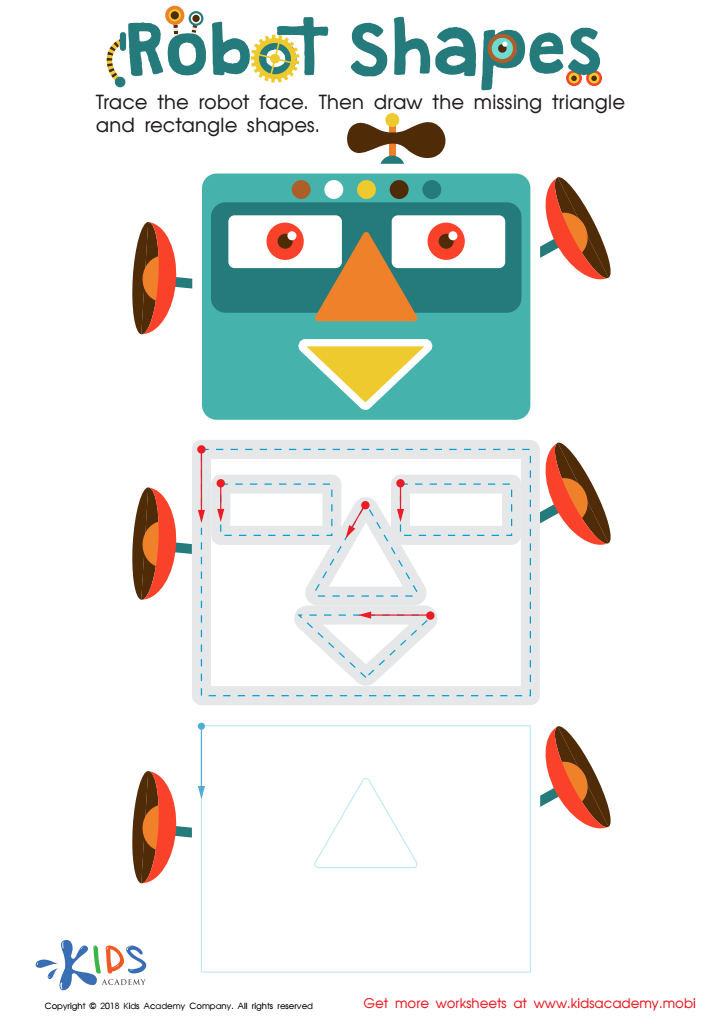

Robot Shapes Worksheet
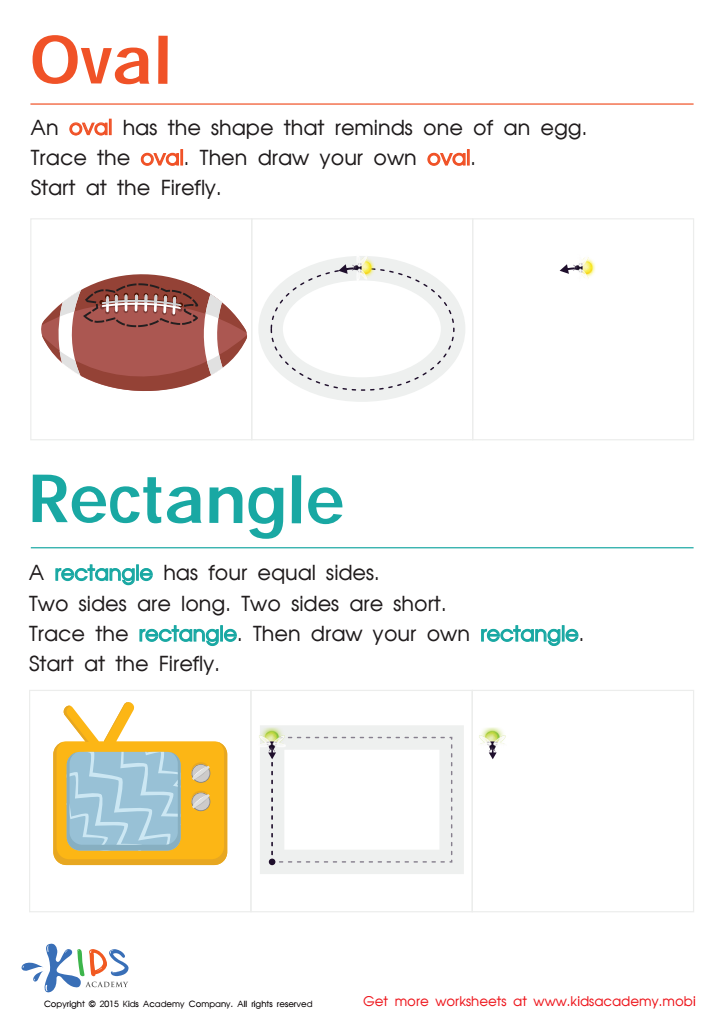

Easy Drawing of Ovals And Rectangles Worksheet
Fine motor skills and understanding normal 2D shapes play a crucial role in the early development of children aged 4-6. Fine motor skills involve the small muscle movements in the hands and fingers, which are essential for tasks such as writing, cutting with scissors, buttoning clothes, and tying shoelaces. Cultivating these skills from an early age sets the foundation for later academic success and day-to-day independence. Ensuring children can efficiently and confidently use their hands promotes better hand-eye coordination, improves focus, and enhances cognitive development.
Simultaneously, recognizing and understanding normal 2D shapes like circles, squares, and triangles introduces basic geometry and spatial awareness. These skills are fundamental for problem-solving and understanding the world around them. As children play with and trace shapes, they also develop pre-writing skills. Manipulating shapes provides opportunities for kids to practice fine motor skills while engaging their creativity and imagination.
For parents and teachers, fostering these skills through fun, hands-on activities—such as puzzles, drawing, and building with blocks—helps children develop a strong foundation for future learning. When kids feel confident in these basic abilities, they're more likely to perform well academically and enjoy their learning experiences. Thus, prioritizing fine motor skills and shape recognition is vital for early childhood development.
 Assign to My Students
Assign to My Students
